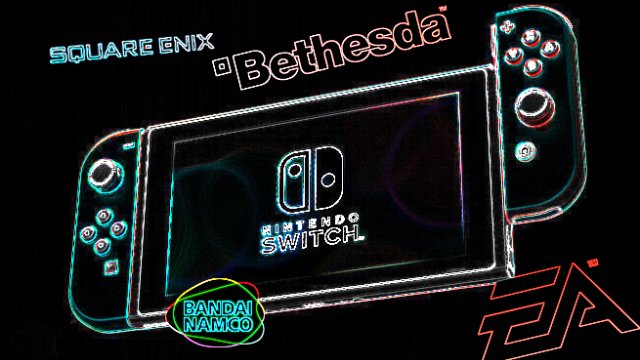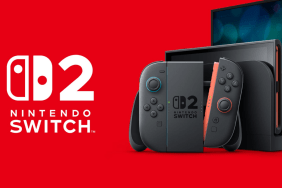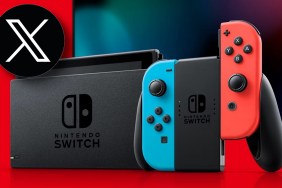Before the release of the Switch, third-party publishers had largely abandoned Nintendo. The Wii U was a big let down in sales, and the low install base did a lot to drive away big names like EA, Activision, and others. It’s a testament to Nintendo’s game-making prowess that they were able to keep interest in the Wii U afloat with primarily only first-party titles. However, with the excellent marketing and design of the Nintendo Switch, we’re seeing a deluge of games for the handheld/console hybrid that was unimaginable in the days of the Wii U.
The Wii U might have been the straw that broke the camels back with third-party support, but the trend didn’t come out of left field. The issues between third-parties and Nintendo started with the release of the Nintendo 64.
How Third-Party Publishers Abandoned Nintendo
Nintendo was fresh off the great success of the SNES and was still used to being the market leader in the West when the PlayStation released. Not only did Sony beat Nintendo to the market with its fifth-generation console, but it used CDs that were much cheaper to produce than carts. When you pair the more affordable media with the fact Sony charged much less in licensing fees, it’s evident that companies were more inclined to work with them.
As the PlayStation’s user base soared above the Nintendo 64’s (eventually to three PlayStations sold for every N64), less and less third-party games were made for the system. In the year before it was retired, 2001, only eight games released for the Nintendo 64 in North America, and of that just three ever made their way to European markets. All told, 7,918 software titles were released for PlayStation, compared to a paltry 388 for N64.
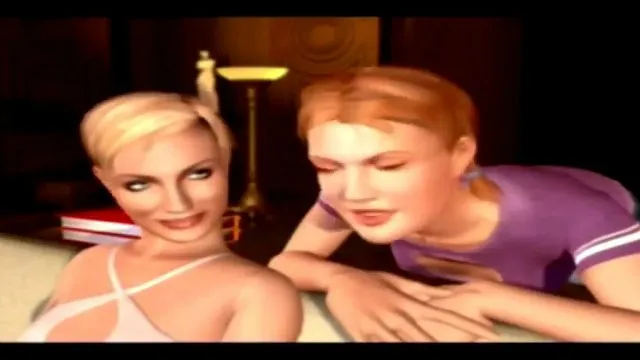
Nintendo’s sixth-gen console, the GameCube, suffered from weak sales as well. It also used a proprietary Game Disc that was more expensive and harder to obtain than the DVDs used by PS2 and Xbox. Third-party studios published more games for Nintendo during the GameCube years than they did when the Nintendo 64 was being produced, but this also started a trend that would hurt Nintendo through the Wii years.
If you look at a list of GameCube games, you’ll see a lot of shovelware. Much of the GameCube’s library consists of horrible-to-decent ports of games from PS2 or mostly terrible licensed games. The first and second-party games were top-notch, as is typical of Nintendo’s systems, but compared to its contemporaries, the GameCube’s third-party releases left a lot to be desired.
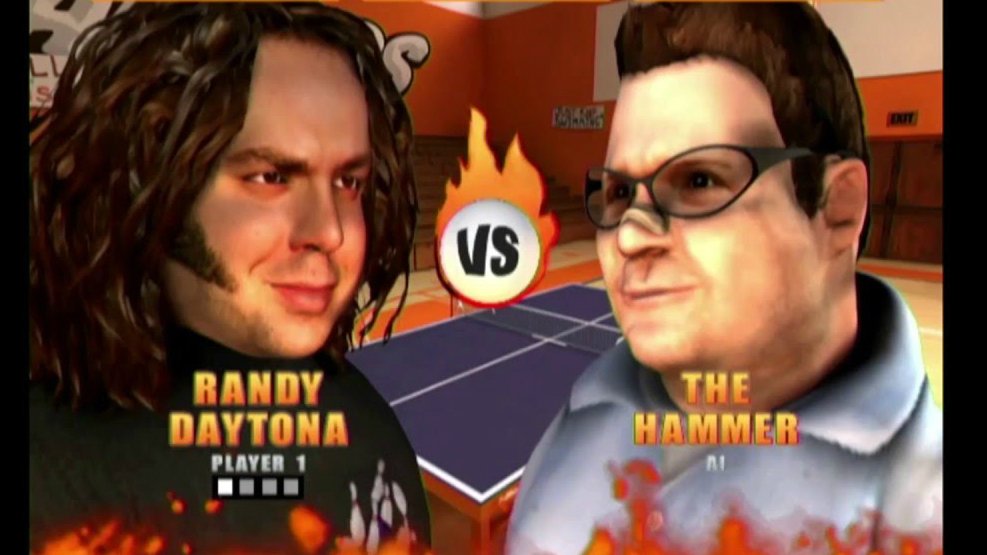
The Wii brought back the Nintendo’s success with hardware sales but had a lot of issues with the quality of its titles. Like the GameCube, besides the first and second-party titles, a lot of the Wii’s library was shovelware. However, because of the massive install base, and a much broader audience appeal than the PS3 and Xbox 360, the Wii had a great attach rate. The console and its games were cheaper as well, which helped fuel the console’s hardware and software sales success.
The strategy that won Nintendo fortune with the Wii would backfire with the Wii U though. The Wii U just didn’t have the broad appeal that the Wii did, and the low adoption rate meant third-party publishers couldn’t rely on a vast install base to buy up crappy licensed games and terrible ports. EA released over 50 games on the Wii through its various studios, but that number dropped to 4 on the Wii U. The number of games from other large publishers saw a similar drop, and by the end of the Wii U’s life, many big names had abandoned publishing for Nintendo’s console entirely.
Why the Nintendo Switch is Bringing Third-Party Publishers Back
The thing driving publishers back to Nintendo is first and foremost hardware sales numbers. The Switch is the fastest-selling console of all time in the United States, selling almost five million units in less than a year. Globally, Nintendo has sold 10 million Switch consoles, and if that momentum keeps up, it’ll be on track to outpace the PS4’s launch year sales.
One thing that makes the Switch so appealing is that it has a confident identity. Third-parties, and even Nintendo at times, never knew what to do with the Wii U. Its big gimmick was the giant gamepad, but there wasn’t much special to do with it. You could display maps on it, or whatever, but it was too short-range to be an actual extension of the console.
The Switch, on the other hand, takes the Wii U’s potential strength, the portability of the gamepad, and just designs the whole console around it. This appealing design has captivated audiences, and there’s already been over 300 third-party games released on the Switch.
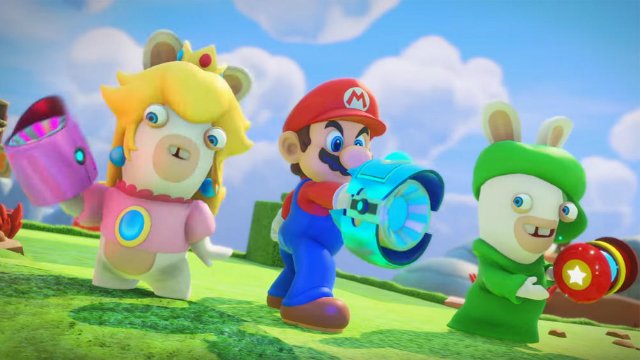
One major third-party exclusive from Ubisoft, Mario + Rabbids Kingdom Battle, shows the potential success that studios can have designing games specifically around the Switch hardware. We’ve also got some excellent ports (especially considering the Switch’s hardware) like Skyrim and Doom from Bethesda, Rocket League from Psyonix, and LA Noire from Rockstar.
This year looks to be another great year for third-party titles on Nintendo Switch as well. We already have the following major third-party titles announced for this year:
- Dragon Quest Builders – Square Enix
- Dragon Quest Builders 2 – Square Enix
- Dragon Quest X – Square Enix
- Dragon Quest XI – Square Enix
- Dragon Quest Heroes I and II – Square Enix
- Payday 2 – Overkill Software
- Project Octopath Traveller – Square Enix
- Seiken Densetsu Collection/Mana Collection – Square Enix
- Shin Megami Tensei 5 – Atlus
- Upcoming Tales of RPG – Namco Bandai
- Wolfenstein 2: The New Colossus – Bethesda
And that’s just a small amount of the total upcoming games. As time goes on, publishers who waited to see how the Switch would fair will likely start revealing new titles for the console as well.
The big difference we’re seeing in games coming to the Switch is that the quality level from third-parties has drastically risen. We’re not seeing a bunch of licensed crap from kids shows. Instead, even though we’re seeing a lot of ports, studios are bringing their top stuff over, and they’re taking the time to optimize titles and make sure they take advantage of the Switch’s unique hardware.
It’s not since the SNES was on the market that we saw third-parties take as much care when it comes to making sure their products are as good a fit with Nintendo’s system as they can be. The Switch was obviously a renaissance when it comes to hardware and software as far as Nintendo is concerned, but the same might be able to be said about third-party support as well.
